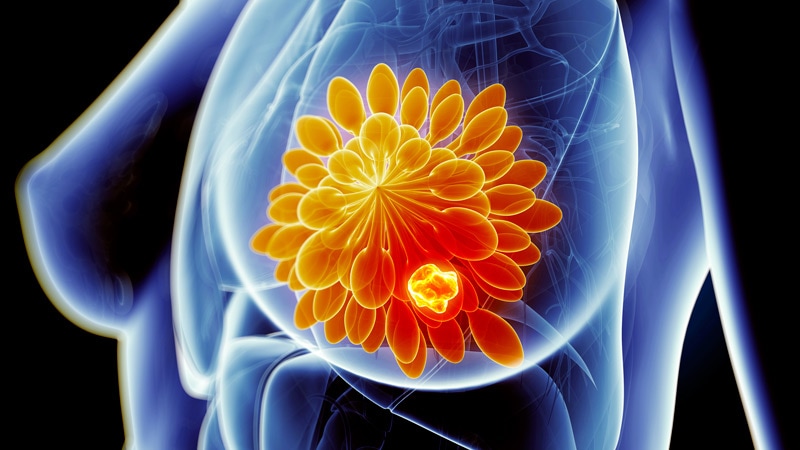The study covered in this summary was published on ResearchSquare.com as a preprint and has not yet been peer reviewed.
Key Takeaways
-
When performing breast-conserving surgery, the retroglandular approach via incision in the inframammary fold for excision of a retroglandular tumor is feasible and safe.
-
This incision gives better cosmetic results while allowing proper resection of the tumor.
Why This Matters
-
Breast cancer is the most common site-specific cancer in women. It constitutes 29% of newly diagnosed cancers in women and is responsible for 14% of the cancer-related deaths among them.
-
The purpose of breast-conserving surgery is to excise the breast cancer tumor while giving a satisfactory cosmetic outcome, which is achieved only in 60% to 80% of patients.
-
In a 2016–2017 study, an inframammary incision was shown to give a better cosmetic result than other approaches. This new study provides updated data on the retroglandular approach, which involves an incision in the inframammary fold and retroglandular exploration.
Study Design
-
This was a prospective study conducted between January 2019 and July 2021 with 67 female patients with breast cancer with deep tumors that measured less than 3 cm.
-
The incisions for the resection of the tumors were performed via an incision in the intramammary fold. After the retroglandular area was explored, the tumor was excised, and a drain was placed.
-
The surgery was conducted under general anesthesia while the patient was supine with their arm abducted 90°.
-
After surgery, the patients were examined every 2 weeks. Cosmetic appearance was assessed using the Likert Scale (with scores from excellent to poor) 2, 4, and 6 months postoperatively by breast surgeons who were not part of the surgical team.
-
Patient satisfaction was also assessed, with patients stating that they were satisfied or not satisfied with the cosmetic outcome (size, shape, appearance of scar, symmetry, cleavage, nipple and areola appearance, body wholeness/harmony, proportionate, and feels to touch). This follow-up was over a mean of 6 months (range, 3 to 9 months).
Key Results
-
Most of the tumors were in the lower half of the breast (55.3%), and most of the patients had breasts of cup size B (53.7%).
-
The most common subtype of tumor was luminal (79.2%).
-
The first resection led to a free resection margin in 88% of the patients. Nine patients needed to undergo a second resection to achieve a negative margin.
-
On assessment of cosmetic appearance by breast surgeons who were not involved in the operations, results were reported as “excellent” in 62.7% of the cases.
-
In terms of patient satisfaction, 82.1% were satisfied with the cosmetic results.
Limitations
-
The authors did not identify any study limitations.
Disclosures
-
No funding was received for the study, and the authors have disclosed no relevant financial relationships.
This is a summary of a preprint research study, “Feasibility and Safety of Oncoplastic Breast-Conserving Surgery Through an Inframammary Incision,” written by Haytham Mahmoud Fayed, MD, from the Department of General Surgery, Alexandria University, Alexandria, Egypt, and colleagues, published on ResearchSquare.com and provided to you by Medscape. This study has not yet been peer reviewed. The full text of the study can be found on ResearchSquare.com.
For more news, follow Medscape on Facebook, Twitter, Instagram, and YouTube.
Source: Read Full Article



